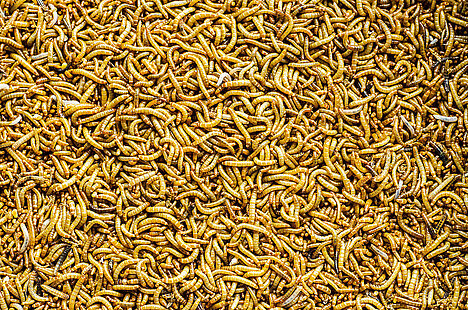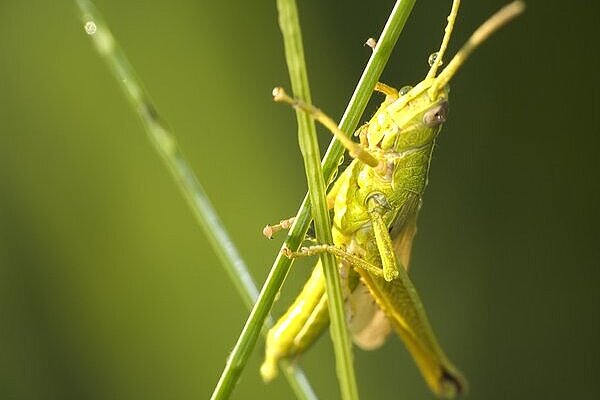Mealybug

You may have heard of mealybugs, an ingredient that is increasingly being used in dog food. But what are mealybugs and how do they affect your dog? In this article, you'll find out everything you need to know about mealybugs.
What are flour beetles?
The flour beetle is the name for the larvae of the black beetle, an insect that is mainly found in cereals and flour. The larvae are about one centimeter long and have a yellowish color. They feed on cereal products and can live for several months.
Mealybugs have long been used as food for birds, reptiles and fish. In recent years, however, it has also gained popularity as dog food. This is because mealybugs are a good source of protein, fat, minerals and vitamins. In addition, mealybugs are more sustainable than other animal proteins as it uses less water and land and produces less greenhouse gases.
What are the benefits of mealybug for dogs?
Mealybug can provide many benefits to your dog if you feed it in moderation. Here are some of them:
- Mealybug is hypoallergenic, meaning it won't trigger allergic reactions. This is especially good for dogs with sensitive skin or digestion.
- A mealybug is easy to digest and can promote intestinal health. This is because mealybug contains chitin, a type of fiber that supports the intestinal flora.
- A flour beetle is rich in essential amino acids, which are important for muscle building and immune defense. In addition, flour beetle contains iron, calcium, magnesium and zinc, which ensure strong bones and teeth.
- A mealworm is environmentally friendly and animal-friendly. Compared to meat or fish, flour beetle has a smaller ecological footprint and avoids animal suffering.
What are the disadvantages of mealworm for dogs?
Flour beetle is not perfect and also has some disadvantages that you should be aware of. Here are some of them:
- A mealybug can have a high fat content, which can lead to obesity or pancreatitis. Therefore, you should not give your dog too much mealybug and pay attention to the calories.
- A mealybug can have an unpleasant smell or taste that can put your dog off. This can cause your dog to refuse his food or become fussy. You can try moistening the food with a little water or broth or mixing it with other ingredients.
- A mealybug can be contaminated with harmful substances or pathogens if it is not processed properly. You should therefore only buy high-quality mealworm from trustworthy manufacturers. You should also always store the food in a cool, dry place and observe the expiry date.
Mealybug is an interesting alternative to conventional dog food that has many benefits for your dog and the environment. However, you should also bear in mind the possible disadvantages and not feed your dog exclusively with mealworm.
If you notice any signs of hypersensitivity or poisoning in your dog, you should see your vet immediately. We are not a substitute for a vet, but we try to be as accurate as possible. Every dog reacts differently and we recommend you get a second opinion or consult your vet if in doubt.
Stay healthy and take good care of your four-legged friend!😊
Similar to Mealybug
The shiny black grain weevil is a small insect commonly found in grain stores and similar environments. It feeds on different types of grain, making it a pest in the food and feed industry. The...
The large black beetle, better known in its larval form as Zophobas morio, is a species of beetle that is often used as food in terrariums. The larvae, often referred to as superworms, are...
The stumpy black grain weevil, scientifically known as Alphitobius diaperinus, is a small beetle commonly found in grain stores and animal feed. Despite its small size, this beetle can cause...
Crickets are insects of the grasshopper order. They have six legs, two antennae and a long abdomen. They feed mainly on plants and live in various habitats around the world. Crickets have been used...



